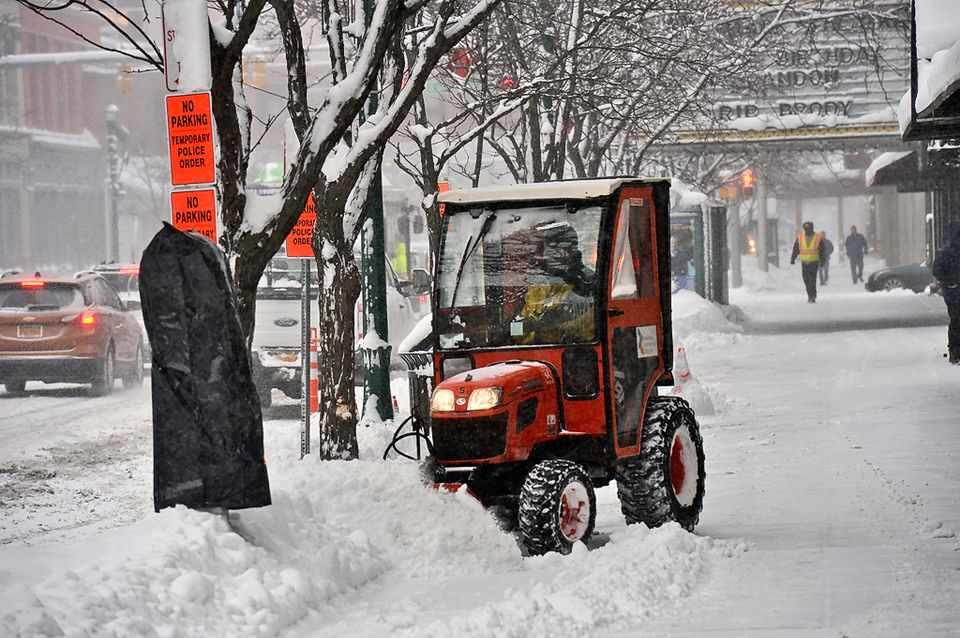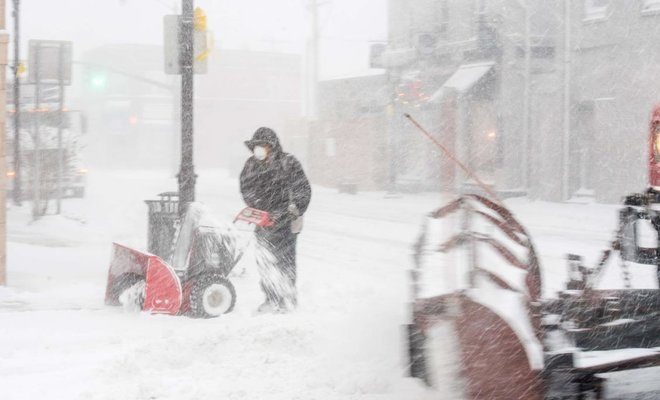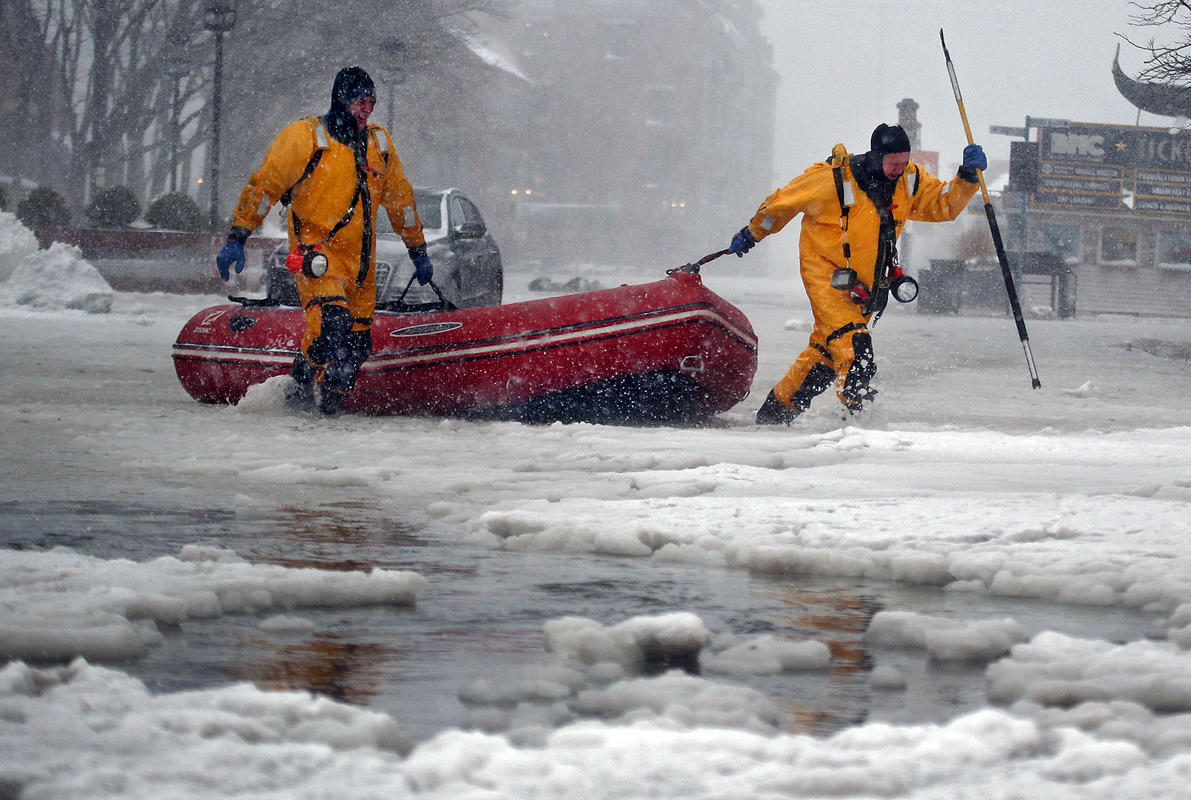OF THE
TIMES


Spectacular scenes today in Algeria as snow covered the sand dunes in Ain El Safra! Snow visible also in imagery by NASA's Terra satellite.After a 40 year absence, this is the second winter in a row for this occurrence. In late 2016 it was reported by the Telegraph as being not seen in 40 years:
Incredible photos capture freak snowfall in the Sahara Desert, believed to be first time it has fallen on the unforgiving red dunes in almost 40 years.Now, it's happened again. Have a look.



The city's Climate Ready Boston report raised the possibility of building a sea wall, and City Councilor Lydia Edwards - whose district includes waterfront-heavy Charlestown, East Boston and the North End - said it's not a far-fetched idea.This record high tide is being attributed by some to the recent supermoon:
"Nothing is off the table in terms of what we need to look at," Edwards said, adding that a sea wall would be a "short-term" response compared to long-term efforts to reduce greenhouse gas consumption and slow global warming.
"I don't think we needed this (the storm) to say we need to look at this seriously; this is a continued reminder that we cannot kick the can - this is directly impacting us right now," said Edwards.
She is also supporting more sustainable development on the waterfront.
But constructing a sea wall is a costly and complicated prospect - with one estimate putting the bill at $10 billion.
Such a barrier would run from the tip of Logan International Airport to South Boston. A more ambitious wall being eyed would encompass the Harbor Islands or stretch as far out as the coast of Hull.
Benjamin Sipprell, a meteorologist in Boston for the National Oceanic Atmospheric Administration, told the Daily Beast that the flooding was a result of the blizzard hitting at high tide, and the high tide being higher than usual due to Wednesday's supermoon.
A supermoon is a full moon that occurs when the moon is closest to Earth in its orbit. This happens about four to six times a year.
The tides are caused by the moon's orbit, and are at their highest during full moons. Supermoons bring them even higher.
'Normal tides in Boston are between 9 and 10 feet,' Sipprell explained. 'When we get tides, we get some that go up to 12 feet or more. We were forecasting 12.1 feet with this one, but with the surge, it got bumped up to 15 feet.
'It's definitely historic.'
Comment: See also: 'Bomb cyclone' leaves frozen wake of destruction and kills 22 in eastern US